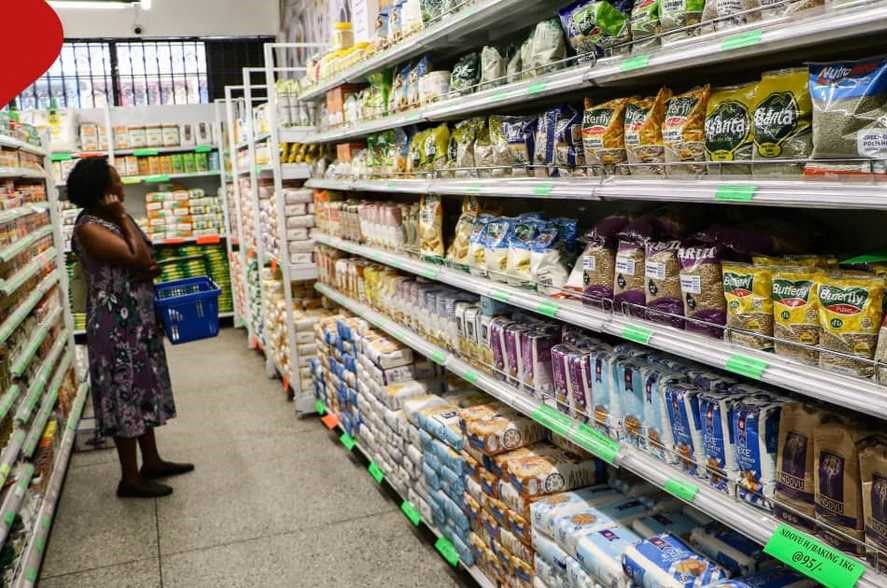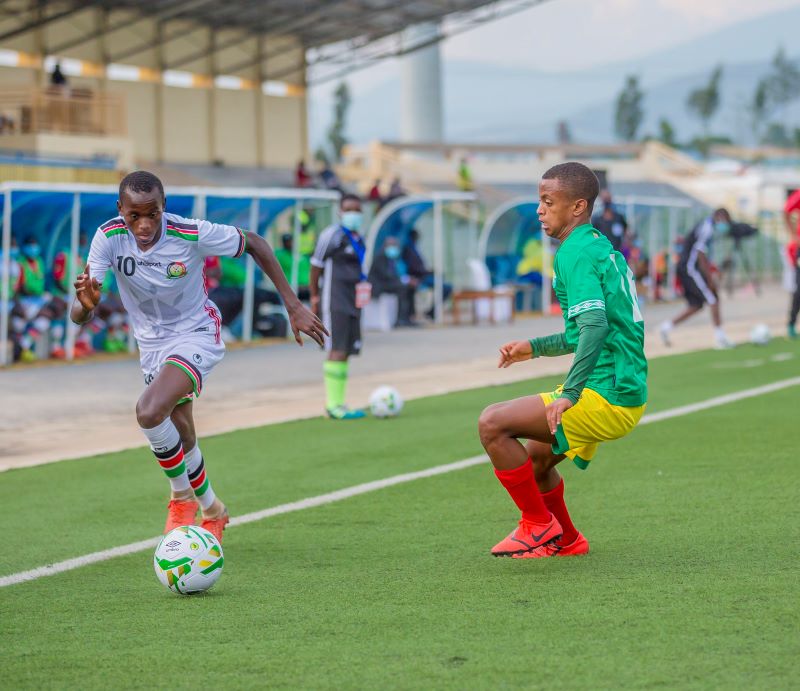Nearly a million Kenyans face acute food insecurity - report

5.7 million people are under food stress, 894,557 are in a crisis, and 42,668 are in an emergency situation.
A recent report revealed that a dire food insecurity situation is affecting nearly one million Kenyans.
The Food Security and Nutrition Working Group released the regional update report on August 29, highlighting the severe conditions many Kenyans are enduring.
More To Read
- How doctors offering free healthcare services are bringing hope to mothers in Somalia’s Mudug region
- IGAD reaffirms support for Somali-led peace efforts at Arta Peace Conference 25th anniversary
- IGAD demands action to protect civilians as Sudan conflict escalates
- East Africa to simplify cross-border travel and work through IGAD single visa initiative
- IGAD states pledge to protect migrants from trafficking and exploitation
- Garissa Governor Nathif Jama sounds alarm over Dadaab crisis at IGAD conference
The report reveals that approximately 900,000 Kenyans are currently experiencing acute food insecurity.
In addition, the report shows that 5.7 million people are under food stress, 894,557 are in a crisis, and 42,668 are in an emergency situation.
Looking ahead, the report forecasts a worsening situation. It predicts that an additional 98,000 people will be in emergency status between October this year and January next year.
By this time, 6,084,000 people will be under stress and 1,635,000 people will be in crisis.
Children are particularly vulnerable in this crisis. The report reveals that 760,500 children aged 6 to 59 months are acutely malnourished.
Among these children, 180,400 are severely acutely malnourished, and 580,100 are moderately acutely malnourished.
The situation is similarly dire for pregnant and lactating women, with 112,500 needing immediate treatment for acute malnutrition.
The report also identifies several factors that contribute to acute food insecurity.
 A woman looks at the prices of commodities inside a supermarket. (Photo: Handout)
A woman looks at the prices of commodities inside a supermarket. (Photo: Handout)
These include crop pests and diseases like the fall armyworm, high food prices, conflicts, and flooding from above-normal rains.
Additional factors like high disease burden, inadequate food consumption, insufficient access to health services, and reduced humanitarian aid are also significant contributors.
Key risk factors to monitor include the forecasted below-average rains expected from October to December, the ongoing humanitarian needs of food-insecure and flood-affected populations, and challenges in the supply chain for essential nutrition and medical supplies.
Other risks include potential disease outbreaks, livestock health, and the impact of rising food prices on staple commodities.
For acute malnutrition, the report highlights elevated cases in Marsabit, Baringo, Turkana, Mandera, and Samburu counties.
It also mentions the risks associated with short rains, which could impact the continuity of health and nutrition services.
Despite some recent improvements due to better rainfall, many Kenyans remain severely affected by food insecurity.
"The number of people under IPC phase 3 and above is still high at 39 million in IGAD countries and 66 million people in East and Central Africa. Better rainfall over the past two seasons contributed to the decrease of the food insecure population (IPC P3+) in some countries compared to the same period last year," the report reads.
The report classifies 33 million people in the IGAD region as stressed, highlighting the need to strengthen their resilience to prevent them from falling into a more severe food insecurity phase.
Top Stories Today











































